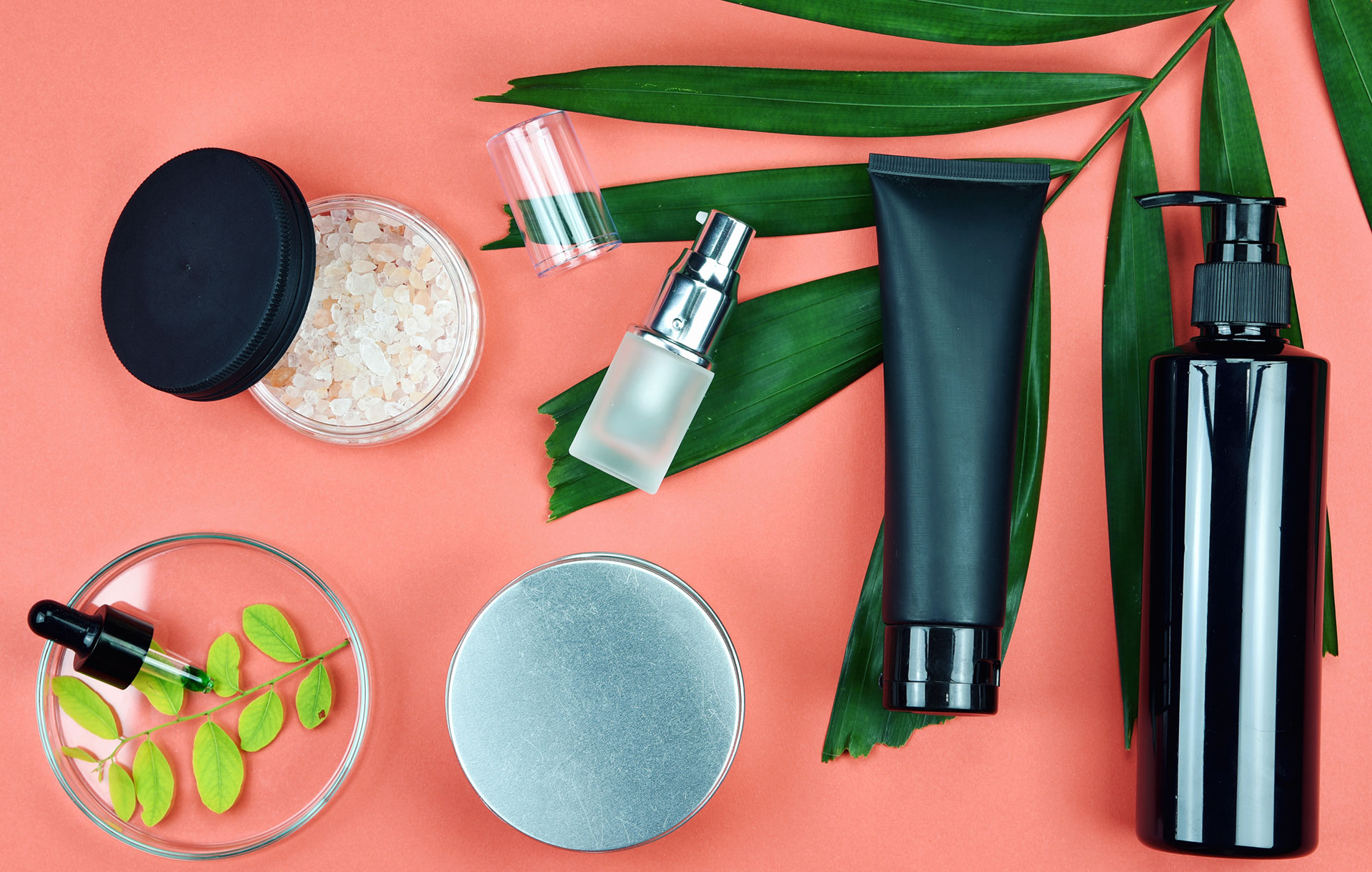Classifying next-level skin care ingredients
We hear and see the word “cosmeceutical” printed on skin care products for both consumers and professionals, but what does this term actually mean? Does it classify products as better or stronger? Simply put, cosmeceuticals are a class of skin care products that contain active ingredients capable of changing the skin. The term cosmeceuticals was coined by Dr. Albert Klingman (you may know him as the doctor who co-invented Retin-A with Dr. Fulton in 1969) back in the 1980s as a way to describe products that do more than cosmetics, but less than drugs. Basically, it’s a blend of the words cosmetic and pharmaceutical.
Get Clear on Cosmeceuticals
Cosmeceuticals are often called “medical grade skin care,” but it’s important to note that they are not drugs. While there is general consensus among the professional skin care community about what constitutes a cosmeceutical and what doesn’t, there is no formal regulation for defining cosmeceutical products. There is no governing body that oversees the regulation or formulation of cosmeceutical products. So, in effect, the term cosmeceutical is merely an extremely effective marketing term used to classify results-based skin care products and treatments.
In fact, the FDA does not recognize the term cosmeceutical and sees these products a merely cosmetics. This is important to keep in mind when making claims about your products and treatments in order to prevent legal issues.
Benefits of Cosmeceuticals
Cosmeceutical products and ingredients are classified as such by the esthetics and spa community because of their effective ability to change and improve the skin. Conditions like melasma, acne, sun damage and visible signs of aging all benefit from the use of cosmeceuticals, whether it is in the treatment room or at home.
One major benefit of cosmeceutical products is the ability for estheticians and clients to get potent skin care without a prescription. Active ingredients available to estheticians such as AHA’s, retinols and antioxidants can have a dramatic impact on the appearance of the skin without the heavy price tag and inconvenience of prescription topical medications.
If your client is already taking medication prescribed by their dermatologist specifically for their skin, cosmeceutical products are a great added supplement to their doctor’s prescribed treatment plan, and can enhance results and shorten the necessary treatment time. Of course, always ask your client to discuss any new home care products with their prescribing physician before beginning at-home use to ensure there are no side effects or undesired reactions.
Cosmeceutical Ingredients
The best way to tell if your product should be labeled as a cosmeceutical is to take a look at the ingredients list. Some ingredients have more research and data to back up their claims. These ingredients are often referred to as active ingredients. Cosmeceutical grade active ingredients include:
Alpha hydroxy acids (AHAs) are very well researched. Some of the most advantageous are glycolic acid, lactic acid, malic acid, mandelic acid, and benzilic acid. Alpha hydroxy acids increase exfoliation of the skin, leaving your skin smoother, softer, and all-around brighter. AHAs are also used to fade sun damage and mild hyperpigmentation.
Alpha-lipoic acid (ALA) is a powerful antioxidant that helps protect the skin against free radical damage. It’s often incorporated into eye creams and serums because it may improve dark circles. ALA may increase skin firmness and reduce large pores.
Green tea is very high in polyphenols, especially epigallocatechin-3-gallate (EGCG). EGCG reduces inflammation, stimulates collagen production, and protects against UV damage. This doesn’t mean green tea is a good substitute for sunscreen; it’s not. But sunscreen products that contain green tea extract might give you some added protection from the damaging effects of the sun on the skin.
Ceramides are an important building block of the skin. Their claim to fame is their ability to keep the skin hydrated. Ceramides help reduce trans-epidermal water loss (or TEWL). This is a fancy way of saying it keeps moisture in your skin, rather than allowing it to evaporate away. It also smooths the look of fine lines as it moisturizes and plumps the skin.
Hyaluronic acid naturally occurs in the skin and diminishes as you age. Hyaluronic acid helps keep the skin hydrated and firm. Just like with ceramides, hyaluronic acid leaves the skin looking plump and smooth.
Niacinamide (vitamin B3) is another good antioxidant. Niacinamide increases hydration levels of the skin. It’s also good for evening out your complexion by reducing redness, blotchiness, and hyperpigmentation. This ingredient brightens the skin and protects against dullness that comes as we age.
Retinol and retinaldehyde (not to be confused with the prescription medication Retin-A) are used for softening hyperpigmentation and fine lines. They also leave the skin feeling smoother, and may protect against collagen loss. Retinaldehyde specifically has been shown to reduce wrinkles, even deep-set ones.
Peptides are short chain amino acids that are naturally found in the skin. Peptides can stimulate collagen production, improving skin firmness and texture while reducing fine lines. Questions remain, though, if peptides can be absorbed deeply enough when applied topically in a skin care product.
Soy is thought to protect against collagen loss and thinning of the skin that happens as you age. Some studies suggest it also stimulates collagen production.
Vitamin C is a well-known antioxidant that may also stimulate collagen creation (specifically L-ascorbic acid). But it’s highly unstable and loses its potency quickly once the product is opened and exposed to air. For vitamin C products you’ll get the best results from those package in air-lock pumps (that prevent air from getting inside the bottle to the product) or those in single-use capsules.
Vitamin E is good for sun damaged skin, and may help protect against degradation of elastin. It works best when paired with vitamin C. Like vitamin C, though, it can be unstable anddegrade quickly.













